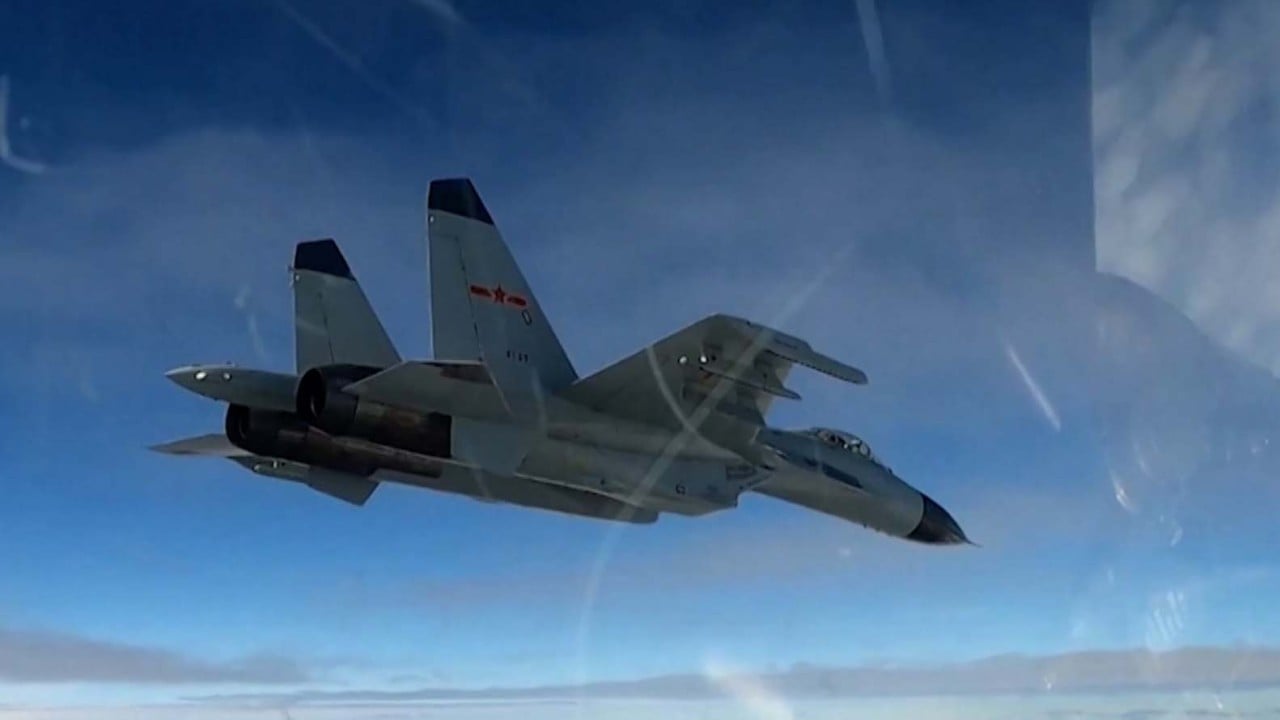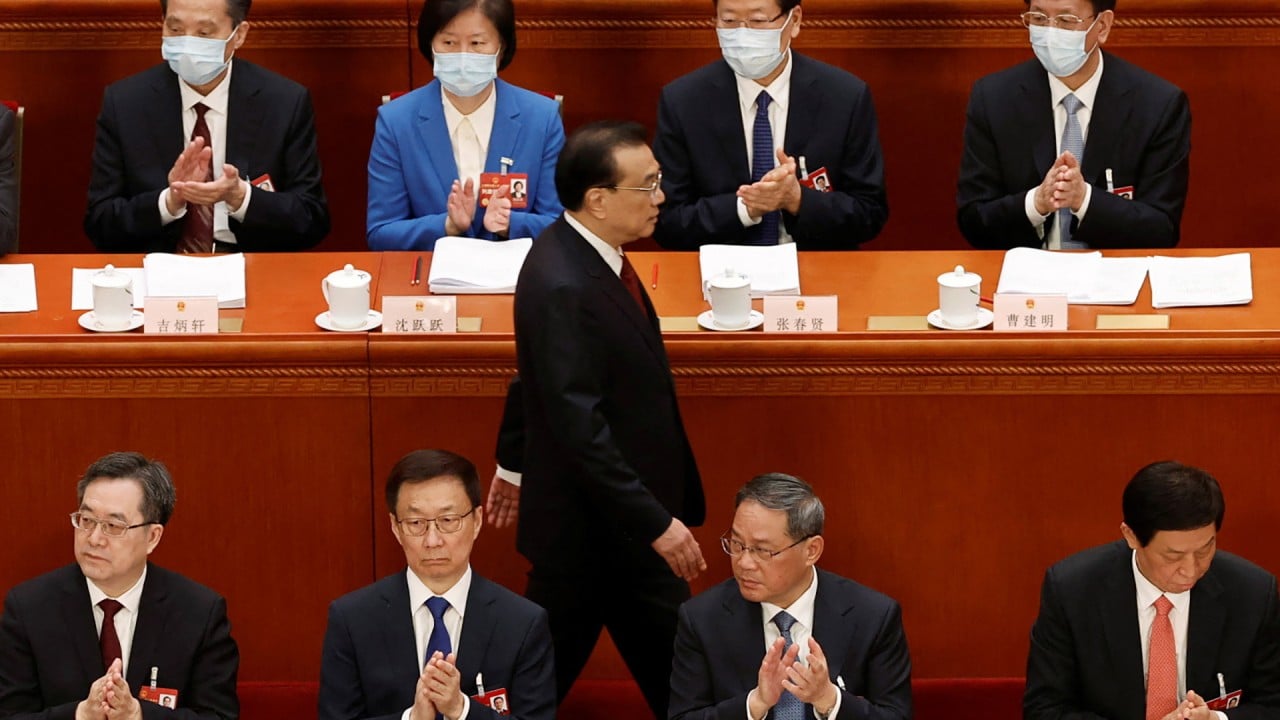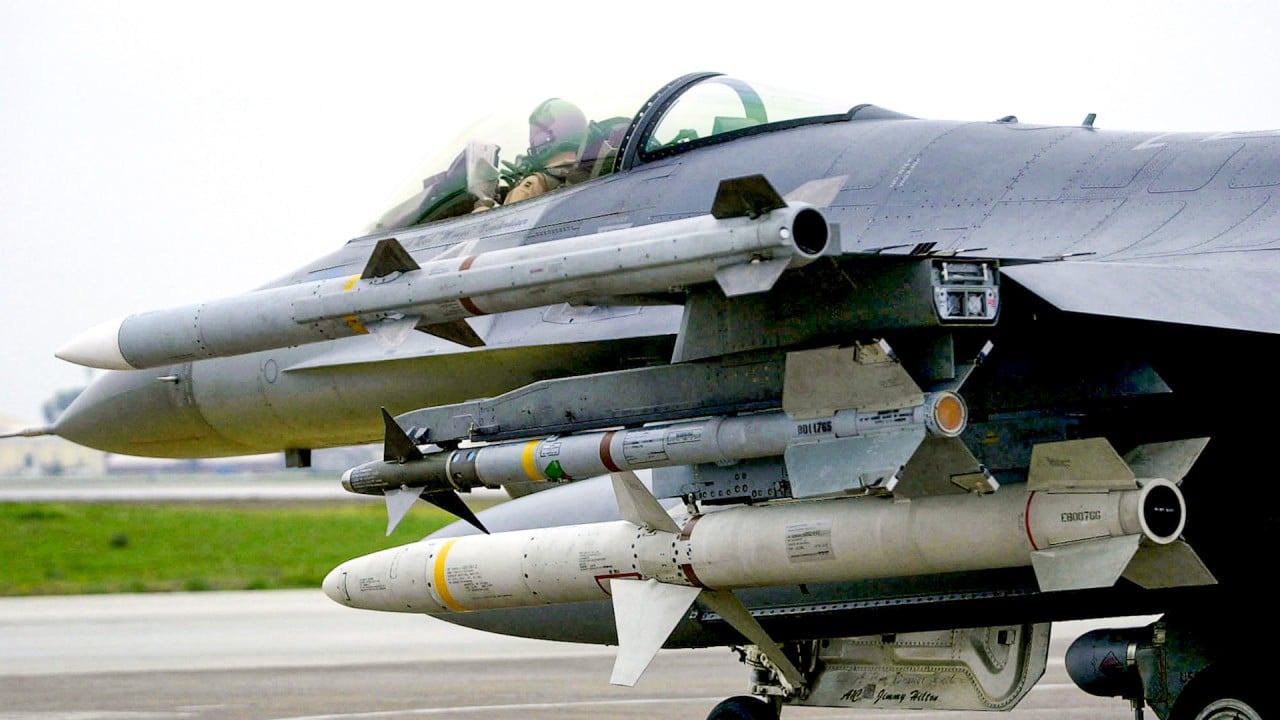
China’s ‘two sessions’ 2023: PLA budget set to top US$224 billion as focus on ‘peaceful’ foreign policy remains
- Budget and Premier Li Keqiang’s final work report both stress importance of boosting ‘combat readiness’ while deepening ‘independent’ overseas ties
- Analysts divided on scale of increase, with former PLA instructor calling it moderate but two others saying actual figure indicates ‘sizeable growth’
While the defence spending was in line with analysts’ expectations, the budget proposed by the Ministry of Finance also included a significant 12.2 per cent increase in “diplomacy endeavours” – pegged at 54.84 billion yuan.
This came as both the budget and a government work report presented by Premier Li Keqiang stressed the need to boost China’s combat readiness while adhering to an “independent” and “peaceful” foreign policy.
As it happened: Chinese Premier Li Keqiang’s last work report to the NPC
Alfred Wu, an associate professor at the National University of Singapore’s Lee Kuan Yew School of Public Policy, said China’s diplomatic spending was still “a tiny amount” compared to its expenditures in areas such as defence, and any money directed to giant initiatives like the belt and road had to be considered within its economic capacity.
“[The domestic economy] is very weak, ” said Wu, who specialises in Chinese politics. “They don’t want to spend money and without return … ‘High quality’ means high return. So they are now actually [making calculated moves], not like before.”
According to official data from Beijing, Chinese non-financial direct investment in belt and road countries reached 141.05 billion yuan in 2022, an increase of 7.7 per cent compared to the previous year, with Southeast Asia and the Middle East the top destinations.
But China’s engagement in belt and road projects has shrunk in recent years over debt concerns, especially in sub-Saharan Africa.
Li made three mentions of “belt and road” in his work report, noting that trade with member countries had increased at an annual rate of 13.4 per cent, while bilateral exchanges and cooperation had shown “steady progress”.
China has focused on engaging with Asian neighbours and Europe as tensions and distrust mount with the United States.
While Beijing has hit out against such “containment” measures, it has consolidated its own foreign relations mainly on the economic front.
And while the Ukraine war has widened the gap between China and Europe, with Beijing seen to be backing “no-limits partner” Russia, the Chinese leadership has sought to intensify its message of being neutral on the matter.
Li cited multiple instances of “major country diplomacy with Chinese characteristics” over the past five years, including the first and second Belt and Road forums in 2017 and 2019, the 2018 Shanghai Cooperation Organisation (SCO) summit, and Forum on China-Africa Cooperation, as well as the 14th BRICS Summit last year – all hosted by China and including mostly developing nations.
Xi held his first face-to-face meetings since the Covid-19 pandemic when he attended the SCO Summit in Uzbekistan last September, his first overseas trip in three years.
In December, he visited Saudi Arabia for the first-ever summits between China and the Arab and Gulf countries, to bolster relations with the Middle East as the US pivots away from the region.
Pang Zhongying, chair professor of international political economy at Sichuan University, said China’s diplomatic efforts would still face a lot of challenges in the coming year.
“China definitely wants to go further and strengthen its relationship with Africa, the Middle East, Latin America and Asia. We will seek to use every opportunity under the existing arrangement, like the 10th anniversary of the Belt and Road Initiative to strengthen our relationship with these countries.
“But now we see that the United States and others are also further strengthening relations with these developing countries in Asia, Africa and Latin America,” Pang said. “The situation … is getting more complex.”
‘How could this not concern China?’: US steps up South Pacific investment talks
In his work report on Sunday, Li warned of “external suppression and containment”, saying the PLA should be better prepared for combat.
“We should see that military operations, capacity building and combat preparedness are well-coordinated in fulfilling major tasks and speed up the implementation of major defence-related projects,” he said.
Li also called for intensified efforts to integrate science and technology with the defence industry, a long-term national defence strategy.
Despite the moderate budget increase of only 0.1 percentage point over 2022, the boost would still be able to support the PLA’s long-term strategic goal, according to Zhou Chenming, a researcher with the Yuan Wang military science and technology, a Beijing-based think tank.
“As long as the defence budget maintains a steady increase, the PLA can achieve the national strategic goals, as the army has managed to survive the most difficult times,” Zhou said, referring to the early stage of China’s opening up in the late 1980s, when the PLA was forced to endure negative growth in defence spending to make way for economic development.
Beijing takes conciliatory tone on Taiwan with call to ‘advance’ exchanges
Song Zhongping, a former instructor with the PLA Rocket Force, said the moderate increase reflected Beijing’s consideration of the drop in gross domestic product for two years in a row.
Li projected a “conservative” GDP growth of around 5 per cent for 2023, after China failed to meet the 5.5 per cent target set for 2022 – reaching only 3 per cent as Covid-related disruptions took a toll.
“We also need to take into account domestic economic factors as the growth rate of GDP is relatively lower,” Song said.
“The steady rate [of increase] is also intended to indicate that China would not engage in an arms race with other countries, but only [aims] to protect its security, sovereignty and national interests.”
However, Drew Thompson, a visiting senior research fellow at the National University of Singapore’s Lee Kuan Yew School of Public Policy, said a 7.2 per cent increase was “not slowing”.
“I don’t think the [7.2] per cent increase is as important as the absolute amount that it is increasing by, which is considerable, particularly compared to China’s neighbours,” Thompson said.
“The rate of increase is not slowing, which contributes to growing apprehension about China’s abilities and intentions.”
Macau-based military observer Antony Wong Tong said he was “a little bit surprised” by the conservative increase but, based on the cardinal number of 1.55 trillion yuan, it was still a “sizeable growth”.

 - Kawala Xie.jpg?itok=NogZcyZ-&v=1661304068)





